Nature has crafted countless predators throughout evolutionary history, but few match the sheer efficiency and lethal precision of the jaguar. These magnificent cats have perfected the art of ambush hunting through millions of years of adaptation, becoming living shadows that strike with devastating force. From their bone-crushing bite to their phantom-like ability to vanish into dappled jungle light, every aspect of their anatomy and behavior serves one ultimate purpose: to kill with surgical precision.
Standing as the Americas’ apex predator, the jaguar represents evolution’s answer to creating the perfect ambush hunter. While lions rely on group tactics and cheetahs depend on explosive speed, jaguars have mastered something far more terrifying – the ability to become completely invisible until the moment their prey realizes death has arrived. Let’s explore the remarkable adaptations that make these spotted phantoms nature’s ultimate stealth killers.
The Art of Invisibility Through Perfect Camouflage

Jaguars harness a sophisticated adaptation that utilizes fur patterns, color variations, and behavioral strategies to effectively blend into their environment. Their natural color variations and coats allow them to blend seamlessly into their tropical environments, making them less visible to both prey and potential threats. The intricate pattern of black-bordered spots mimics the shadows and light found in the forest, making it much harder for prey to spot them. This camouflage is essential to their ambush hunting strategy.
Jaguar fur patterns, characterized by rosettes and spots, break up their outline, helping them merge with the dappled light of their forest habitats. This disrupts their visual profile and enables them to stalk prey unnoticed. Each jaguar’s rosette pattern is completely unique, much like human fingerprints. These spots have evolved over millions of years, adapting to the jaguar’s diverse habitats, helping them survive in varied environments.
For example, jaguars in the dense rainforests of the Amazon tend to have more complex, tighter rosette patterns, offering better camouflage in the thick vegetation. Meanwhile, jaguars in drier, more open areas might have larger, sparser spots to blend with their surroundings. This adaptability in their markings has helped jaguars survive in a wide range of environments, ensuring they can remain stealthy and efficient hunters regardless of where they roam.
The World’s Most Devastating Bite Force
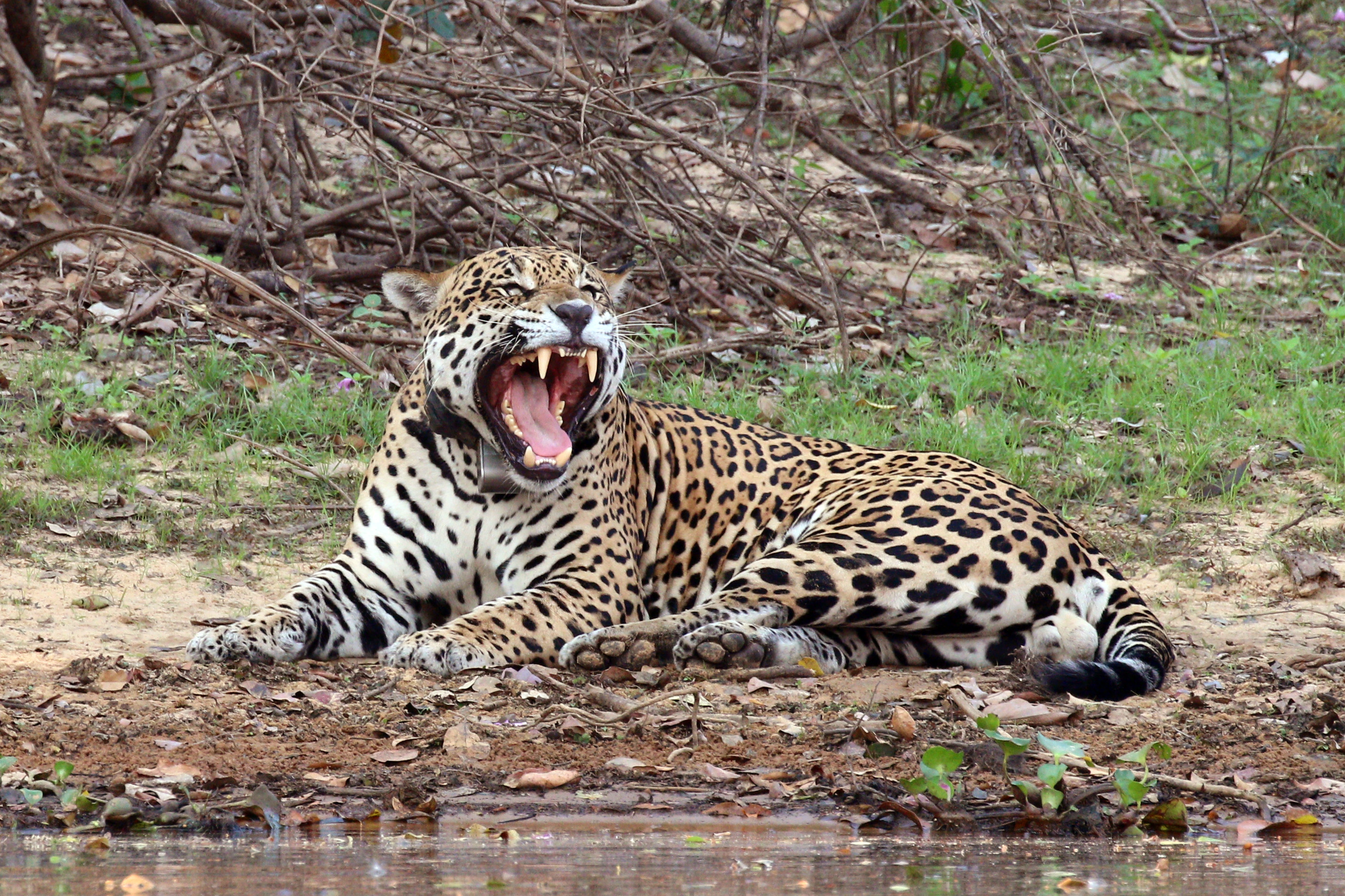
The jaguar’s bite force is truly extraordinary, measuring approximately 700-1,000 pounds per square inch (psi) – among the highest bite forces relative to body size of any big cat. For comparison, lions exert about 650 psi, tigers around 1,000-1,050 psi, and grizzly bears approximately 1,200 psi. This remarkable force allows jaguars to puncture turtle shells and crush caiman skulls with ease.
Scientific studies have confirmed that jaguar bite force exceeds what would be predicted based on their size alone, suggesting specialized adaptation. The bite is delivered through precisely positioned canine teeth that can penetrate between vertebrae or through the temporal bones of the skull. This exceptional biting power enables jaguars to dispatch prey quickly and efficiently, minimizing their own risk of injury during hunts – a critical evolutionary advantage in their competitive rainforest habitats.
Compared to other big cats of similar size, jaguars have exceptionally broad heads and powerful jaw muscles. Their skull is shorter and wider, providing greater mechanical advantage when biting. In essence, the superior bite force of a jaguar is due to a combination of powerful jaw muscles, a shorter jaw structure that enhances leverage, and specialized skull architecture to withstand the immense forces generated. This allows jaguars to bite through bone, crush skulls, and even pierce the shells of turtles – a feat few other big cats can achieve.
The Skull-Crushing Killing Technique
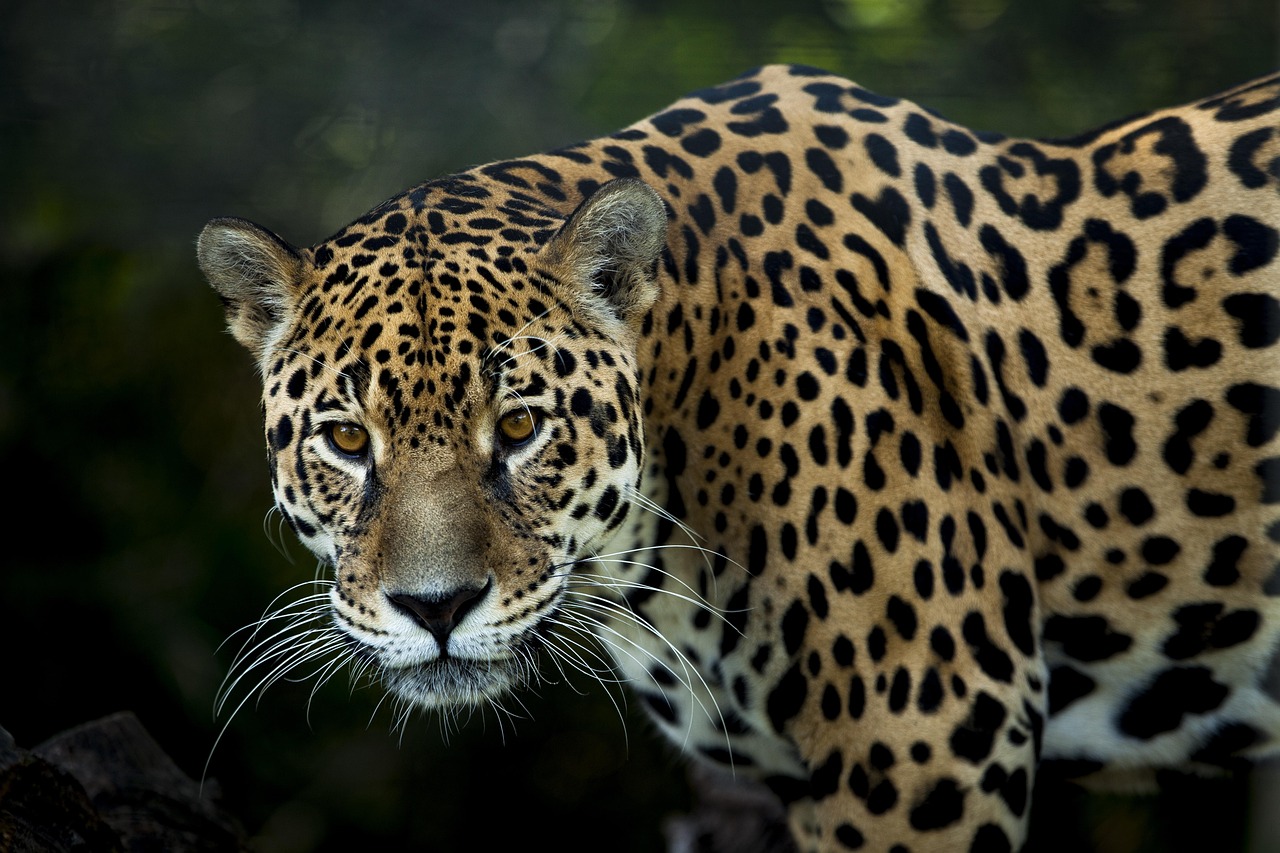
Unlike many other big cats that go for the throat, jaguars are known as occipital crunchers. They have incredibly powerful jaw muscles, enabling them to deliver a lethal bite to the back of the skull, piercing it with their sharp teeth. This technique allows them to take down prey significantly larger than themselves.
Unlike many other big cats that go for the throat, jaguars often kill their prey with a powerful bite through the skull, piercing the brain. This method is particularly effective for prey with tough hides, such as caimans and turtles. Their jaw strength is one of the most powerful among the big cats, allowing them to take down even large and robust prey.
Since a jaguar’s bite is strong enough to pierce bony structures, they don’t have to draw things out so long, and will aim for an animal’s spine or skull, killing or at least incapacitating their target immediately. Speed counts for a lot, since a single, debilitating strike allows a jaguar to end what would otherwise be a dangerous match-up with their potential-meals. As opportunistic hunters, jaguars will prey on just about anything. With one powerful bite to the back of the skull, they can take down animals much larger than themselves.
Masters of Stealth and Patience
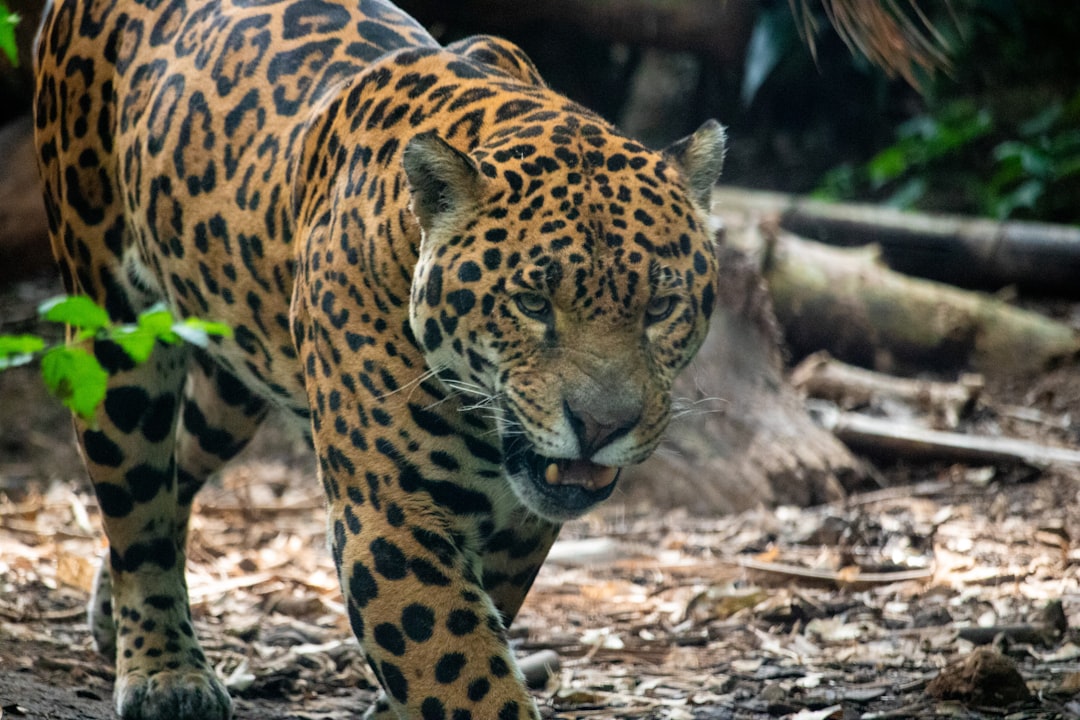
Their hunting strategy includes the following abilities: Jaguars are renowned for their stealth and patience. When they spot a prey, they wait patiently until it comes within striking distance. Their coats make it easy to blend seamlessly in dense vegetation or along riverbanks, so in most cases, the prey won’t notice them until the moment they pounce.
Jaguars primarily employ a stalking-and-ambush technique. They rely on their keen senses of sight, smell, and hearing to locate prey. Once a potential meal is identified, the jaguar approaches cautiously, using natural cover and its own spotted coat for camouflage. The jaguar typically stalks prey by moving slowly through dense underbrush or along riverbanks where animals come to drink. Their spotted coat blends perfectly with the environment, making detection difficult.
Jaguars are skilled at stalking, waiting patiently for the perfect moment to strike. They carefully watch their prey, usually from a distance, before approaching with nearly silent footsteps. Their ambush strategy involves hiding in thick vegetation or behind natural obstacles, springing out in a sudden rush. This technique is effective enough to catch unsuspecting animals by surprise, minimizing escape chances.
Aquatic Ambush Specialists
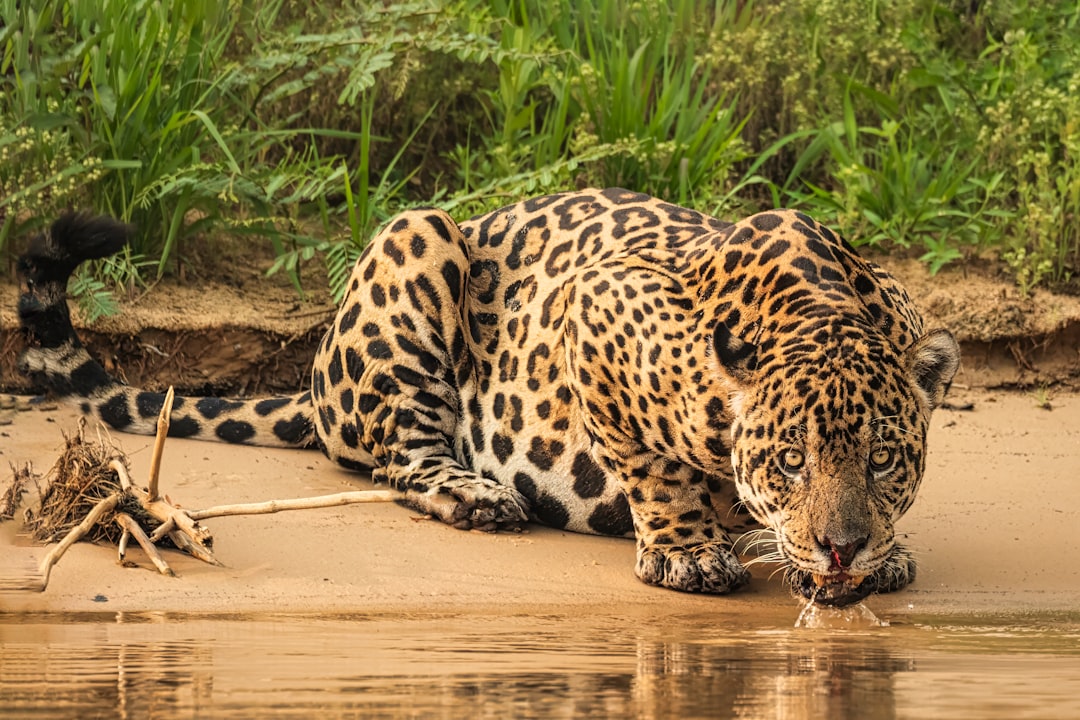
Ambushing prey: Jaguars wait near riverbanks, watching for unsuspecting prey species like capybaras, caimans, and even anacondas. They strike at the perfect moment, using their immense strength to drag animals into the water. The jaguar approaches by swimming cautiously, submerges silently, and attacks with a lethal bite. This technique gives it a clear advantage over other land predators that can’t adapt to hunting in wetlands.
Jaguars are opportunistic predators, and their proximity to water allows them to add aquatic prey to their diet. They are known to hunt fish, caimans, and even small crocodiles, often leaping into the water to capture their quarry. Its behavior is unique among American felines, as it can cross rivers, partially submerge, and stalk prey from the water without losing efficiency. In regions like the Pantanal, where wetlands dominate, the jaguar has learned to utilize its environment.
The shade of riverbanks and the rippling reflections of water provide excellent camouflage for jaguars. The dense foliage around water bodies also allows for stalking prey with greater stealth. Navigating through a watery terrain can be easier than maneuvering through dense forests, especially for an animal as robust as the jaguar.
Nocturnal Hunting Supremacy
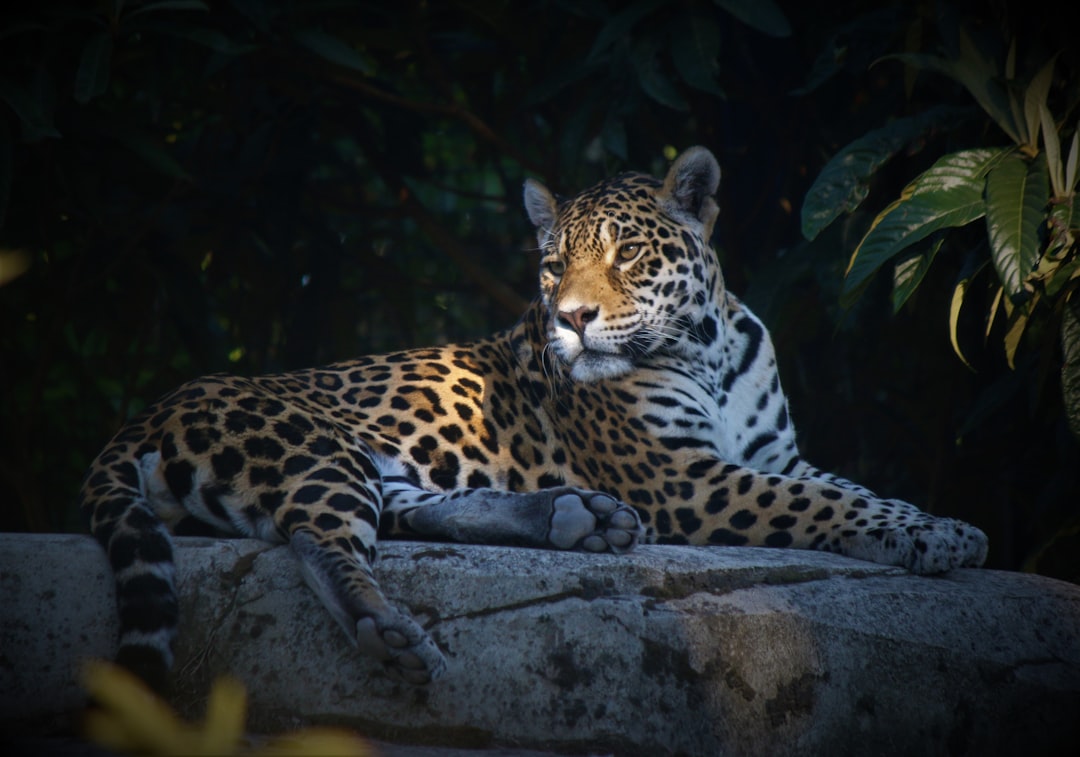
Yes, jaguars are primarily nocturnal hunters. They are most active at night when their prey is also active, using the darkness to enhance their stealth. Their vision is also adapted for low-light conditions. The jaguar typically hunts at night, spending considerable time in hunting activities. As a nocturnal predator, it uses darkness to ambush prey silently.
The effectiveness of a jaguar’s camouflage is also enhanced by their behavioral adaptations. These big cats are primarily nocturnal, choosing to hunt in the low-light conditions of dawn, dusk, and night when their camouflage is most effective. They move stealthily through the underbrush and along riverbanks, further utilizing their surroundings to remain undetected.
Although they can hunt at any time, jaguars are often considered crepuscular, being most active during dawn and dusk. That is typical behavior for large cats, shared by lions, leopards, and cheetahs. This behavior helps them avoid direct competition with other predators and gives them a wider range of prey to target. Because it combines night vision, physical strength, stealth, and ability to hunt on land and in water. Its success in nocturnal hunting and adaptability set it apart among big cats.
Evolutionary Perfection as

The jaguar’s unique skull-crushing ability represents one of nature’s most remarkable examples of specialized predatory adaptation. Through millions of years of evolution, this magnificent cat has developed the perfect combination of anatomical features – powerful jaw muscles, robust skull structure, and precisely positioned teeth – to generate a bite force unmatched in the feline world. This extraordinary adaptation has allowed jaguars to exploit ecological niches unavailable to other predators, securing their position as apex hunters in diverse Central and South American ecosystems.
Unlike cheetahs that rely on speed or lions that may use group hunts, jaguars are ambush predators. They use stealth and patience to get as close as possible to their prey before launching a surprise attack. The skull-crushing bite also enables jaguars to target a wider variety of prey species, including those with natural armor or dangerous defenses that might deter other predators. This dietary flexibility has allowed jaguars to thrive across diverse habitats, from tropical rainforests to grasslands. By evolving this unique hunting method, jaguars have carved out a distinctive ecological niche that reduces direct competition with other large predators in their range.
Effective camouflage increases survival chances by lowering predation risk and improving hunting success. Thus, the jaguar’s camouflage is a masterly evolutionary adaptation, finely tuned for different habitats. This camouflage allows jaguars to become nearly invisible as they stalk their prey, an advantage for an apex predator. The ability to remain undetected until the final moment is fundamental to their hunting strategy, which relies on stealth and surprise rather than speed or endurance. Their hunting technique often involves a calculated approach, utilizing their camouflage to get as close as possible before launching a swift, lethal attack.
Conclusion
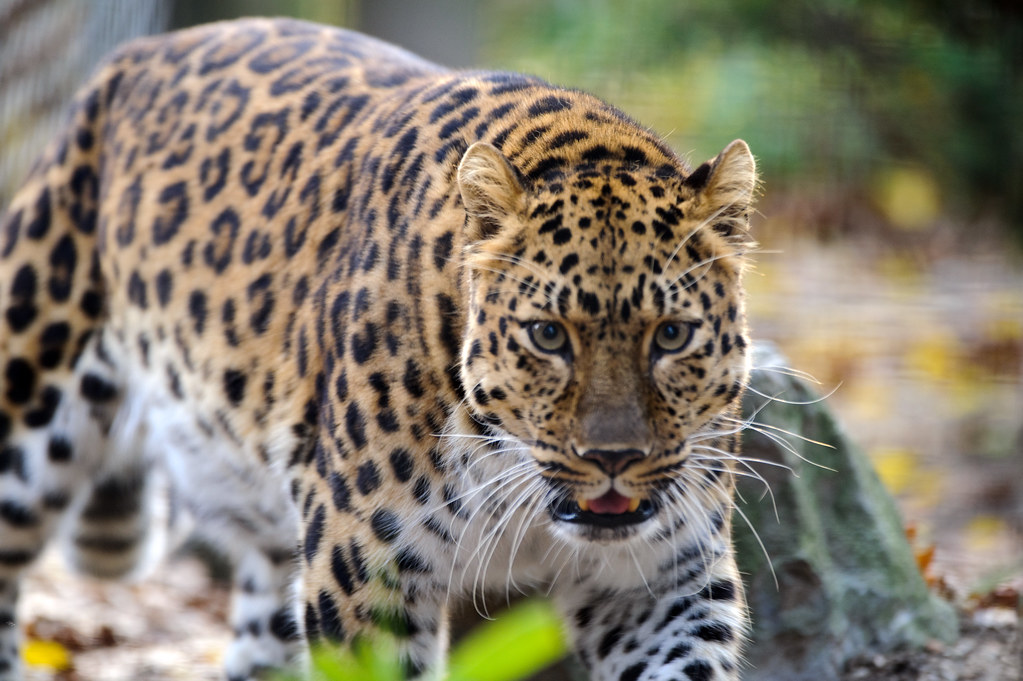
The jaguar stands as nature’s ultimate testament to the deadly effectiveness of ambush hunting. Through millions of years of evolutionary refinement, these remarkable cats have transformed into living weapons perfectly adapted for stealth killing. Their unique combination of bone-crushing bite force, flawless camouflage, aquatic hunting abilities, and nocturnal prowess creates a predator unlike any other on Earth.
What truly sets jaguars apart is their ability to exploit multiple hunting environments with equal deadly efficiency. Whether stalking through dappled rainforest light, lying in wait along moonlit riverbanks, or emerging like phantoms from dense vegetation, they represent predatory perfection. Their success as lies not in any single adaptation, but in the seamless integration of all their hunting tools into one supremely efficient killing machine. What aspect of jaguar hunting prowess surprised you the most? Share your thoughts in the comments below.





